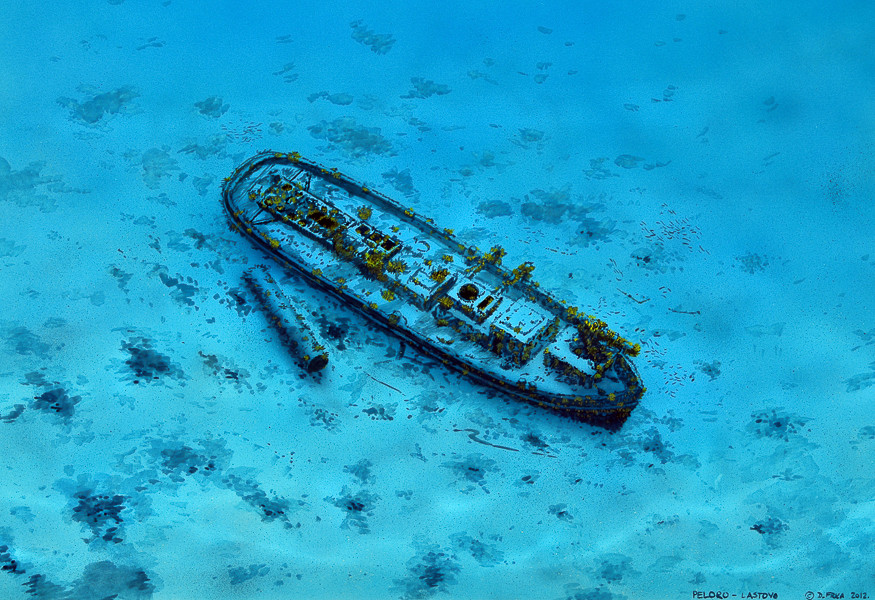
PELORO
DEPTH: 48 - 52 m
SKILL: Expert
Peloro (ex-Admiraal de Ruyter); patrol boat (converted tug); Italy
Built: 1916 in the shipyard A. Pannevis, Alphen a/d Rijn, the Netherlands. Italian Navy bought it on 26th August 1916
Sunk: 17th November 1918 (underwater mine)
Dimensions: l=28.50m, w=5.85 m, displacement 213 t
Coordinates: 42.75372° N, 16.81565° E
Location: At the mouth of Ubli cove, Lastovo.
Access: 1/5 access only by boat
Visibility: 4/5 mostly very good
current: 4/5 mostly weak
Flora and fauna: 4/5 varied life on and around the wreck
HISTORY:
Little is known about this boat. Due to the good will of the Italian historian and researcher Mr. Giorgio Spazzapan we discovered a few details about it. It was a rather small tugboat 28.50 m long and 5.85 m wide with a 213 tonne displacement. It is known that is was built in 1916 at the Dutch shipyard of A. Pannevis in Alphen for a Dutch customer, and that it carried the name Admiral de Ruyter. However, on 26th August 1916 the very same year, it was sold to the Italian Navy who renamed it to Peloro and converted it into a patrol ship. A platform was added to the prow with a small gun, and the Peloro immediately entered service as a patrol boat. According to the very scant data, the Peloro was wrecked on 17th November 1918, just two weeks after the end of the First World War, when at the mouth of the Bay of Ubli on the island of Lastovo, it struck a mine and sank.
WRECK CONDITION AND DIVING:
The Peloro lies in an upright position on the sandy seabed at a depth of 52 metres. Its hull is very well-preserved, although overgrown with crustaceans, a patchwork of sea sponges and diverse sea vegetation. The visibility is mostly very good, and at a ten or so metres depth, the basic outline of the wreck already becomes noticeable against the light sandy seabed. The superstructure is covered with yellow sponges, which are especially large on the higher parts of the structure. The bridge is missing, as its wooden construction rotted and disappeared long ago. The superstructure is, as in the majority of tugs, located at the forward section of the boat, thus on the bow is left just a small free part for the anchor gear, winches and bitts for mooring, whilst the spacious rear section of the boat was equipped with a hook intended for the manipulation of ropes in the course of towing boats. For this reason, horizontally over the aft deck a curved crossbar is placed so that the tow-rope would not become caught on some obstacle on the deck. Right of the bow is placed a platform with a gun, whose shape is almost completely obscured due to a thick layer of coral, crustaceans and sponges. The central part of the superstructure lies above the engine room where the funnel once was. Instead of the funnel, there is now only a gaping round hole, as the funnel now rests to the right of the boat on the seabed. Behind the superstructure are six square openings for the ventilation of the engine room. Some of the covers are open, but are of such a relatively small size that it would seem that crawling through them with equipment into the interior would be quite dangerous. The stern is slender and rounded, but the propeller and rudder are partially buried in the sand. Considering the excellent visibility, the colourful sponges and shoals of tiny fish which cover it, diving to this small wreck always presents a special experience.
The description and illustrations are a courtesy of Danijel Frka and Jasen Mesić. Buy the whole book here: https://shop.naklada-val.hr/product_info.php?products_id=561
Built: 1916 in the shipyard A. Pannevis, Alphen a/d Rijn, the Netherlands. Italian Navy bought it on 26th August 1916
Sunk: 17th November 1918 (underwater mine)
Dimensions: l=28.50m, w=5.85 m, displacement 213 t
Coordinates: 42.75372° N, 16.81565° E
Location: At the mouth of Ubli cove, Lastovo.
Access: 1/5 access only by boat
Visibility: 4/5 mostly very good
current: 4/5 mostly weak
Flora and fauna: 4/5 varied life on and around the wreck
HISTORY:
Little is known about this boat. Due to the good will of the Italian historian and researcher Mr. Giorgio Spazzapan we discovered a few details about it. It was a rather small tugboat 28.50 m long and 5.85 m wide with a 213 tonne displacement. It is known that is was built in 1916 at the Dutch shipyard of A. Pannevis in Alphen for a Dutch customer, and that it carried the name Admiral de Ruyter. However, on 26th August 1916 the very same year, it was sold to the Italian Navy who renamed it to Peloro and converted it into a patrol ship. A platform was added to the prow with a small gun, and the Peloro immediately entered service as a patrol boat. According to the very scant data, the Peloro was wrecked on 17th November 1918, just two weeks after the end of the First World War, when at the mouth of the Bay of Ubli on the island of Lastovo, it struck a mine and sank.
WRECK CONDITION AND DIVING:
The Peloro lies in an upright position on the sandy seabed at a depth of 52 metres. Its hull is very well-preserved, although overgrown with crustaceans, a patchwork of sea sponges and diverse sea vegetation. The visibility is mostly very good, and at a ten or so metres depth, the basic outline of the wreck already becomes noticeable against the light sandy seabed. The superstructure is covered with yellow sponges, which are especially large on the higher parts of the structure. The bridge is missing, as its wooden construction rotted and disappeared long ago. The superstructure is, as in the majority of tugs, located at the forward section of the boat, thus on the bow is left just a small free part for the anchor gear, winches and bitts for mooring, whilst the spacious rear section of the boat was equipped with a hook intended for the manipulation of ropes in the course of towing boats. For this reason, horizontally over the aft deck a curved crossbar is placed so that the tow-rope would not become caught on some obstacle on the deck. Right of the bow is placed a platform with a gun, whose shape is almost completely obscured due to a thick layer of coral, crustaceans and sponges. The central part of the superstructure lies above the engine room where the funnel once was. Instead of the funnel, there is now only a gaping round hole, as the funnel now rests to the right of the boat on the seabed. Behind the superstructure are six square openings for the ventilation of the engine room. Some of the covers are open, but are of such a relatively small size that it would seem that crawling through them with equipment into the interior would be quite dangerous. The stern is slender and rounded, but the propeller and rudder are partially buried in the sand. Considering the excellent visibility, the colourful sponges and shoals of tiny fish which cover it, diving to this small wreck always presents a special experience.
The description and illustrations are a courtesy of Danijel Frka and Jasen Mesić. Buy the whole book here: https://shop.naklada-val.hr/product_info.php?products_id=561

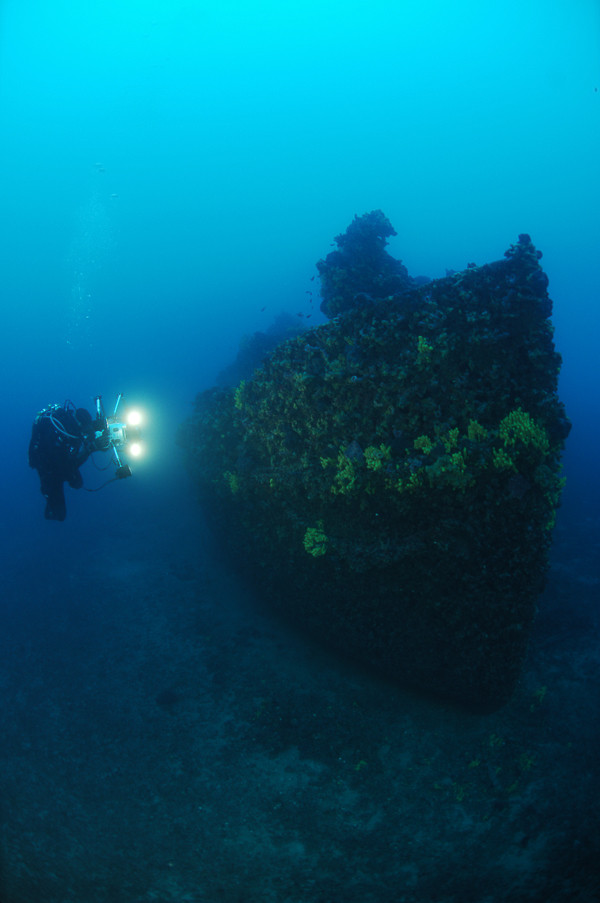
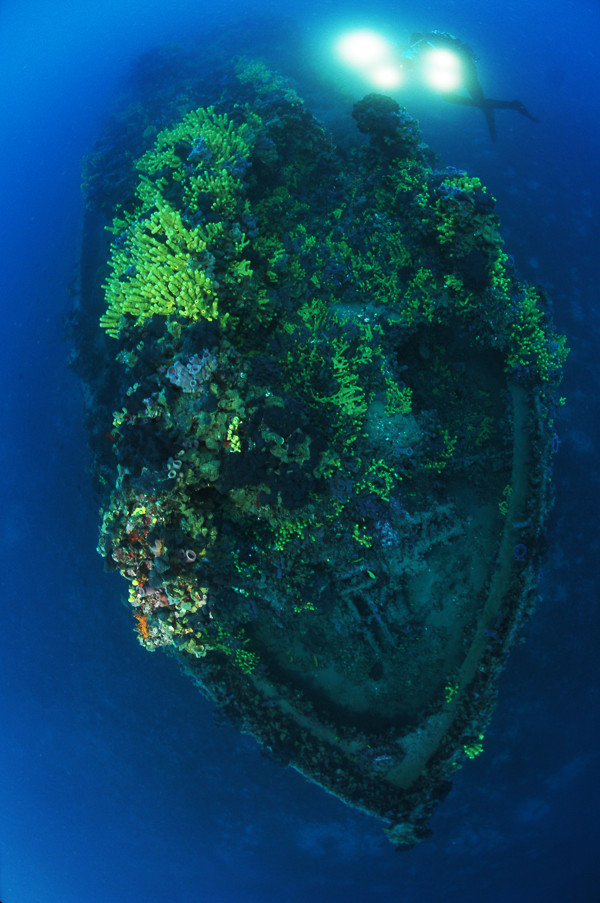


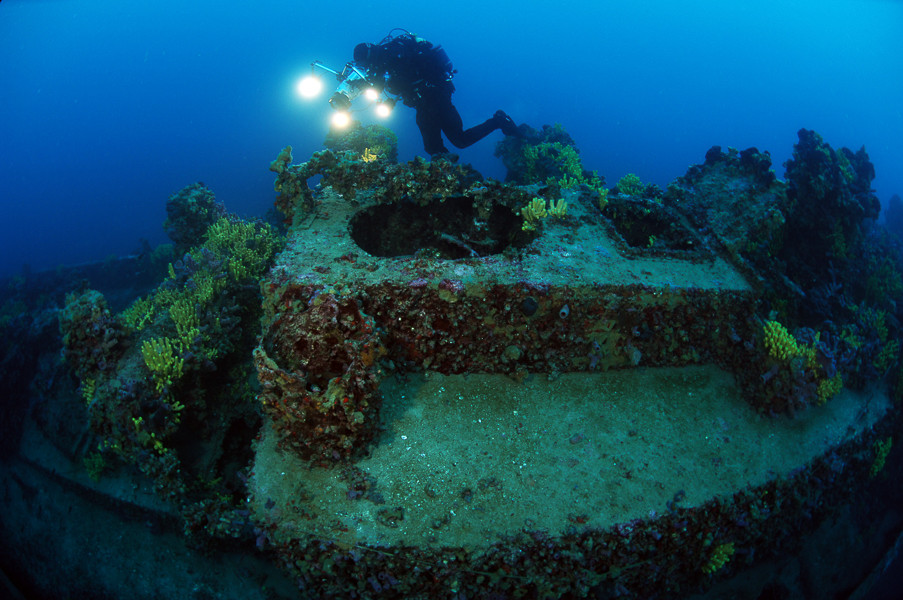
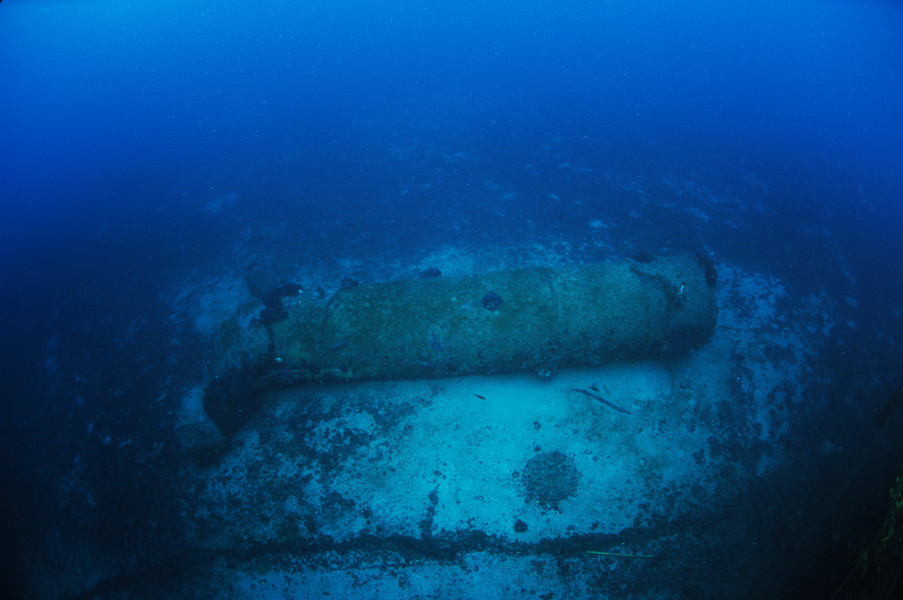
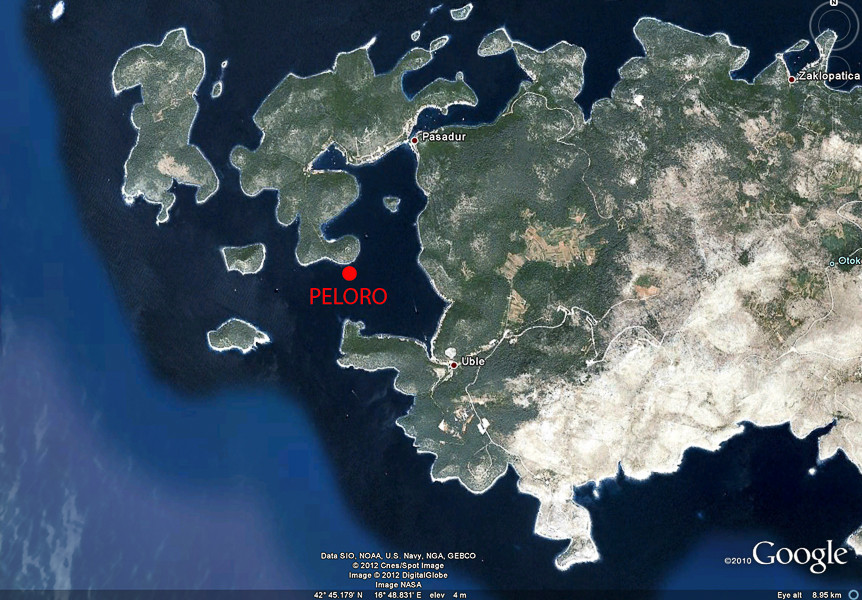
 The investment is co-financed by the Republic of Slovenia and the European Union from the European Regional Development Fund.
The investment is co-financed by the Republic of Slovenia and the European Union from the European Regional Development Fund.  H2O Globe BETA
H2O Globe BETA